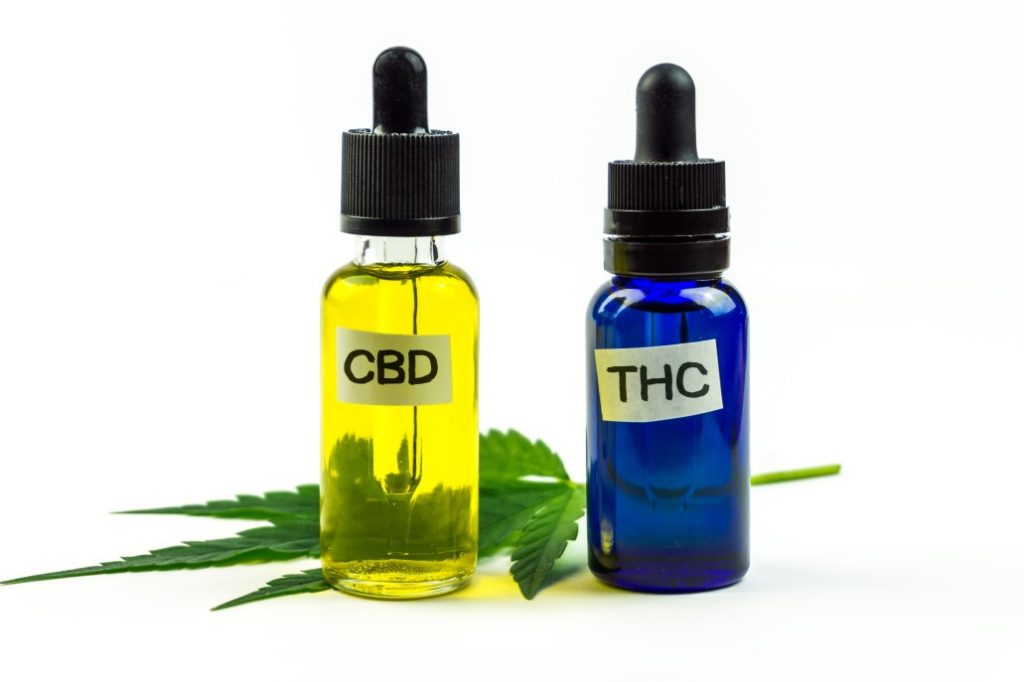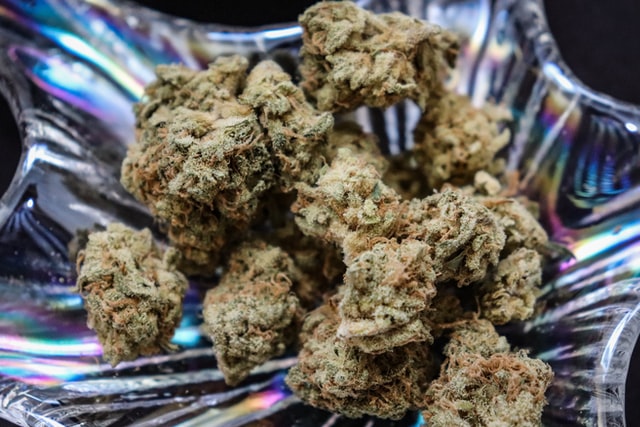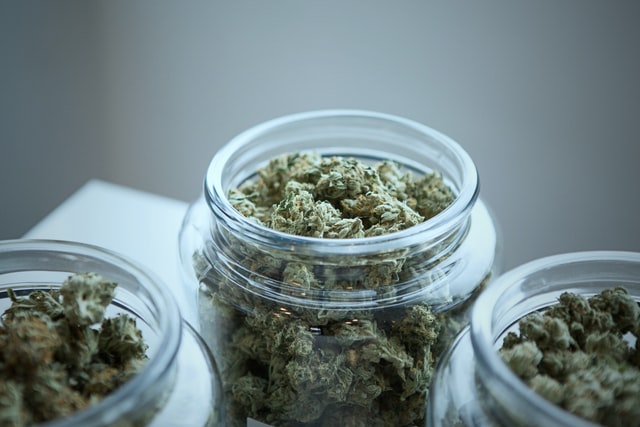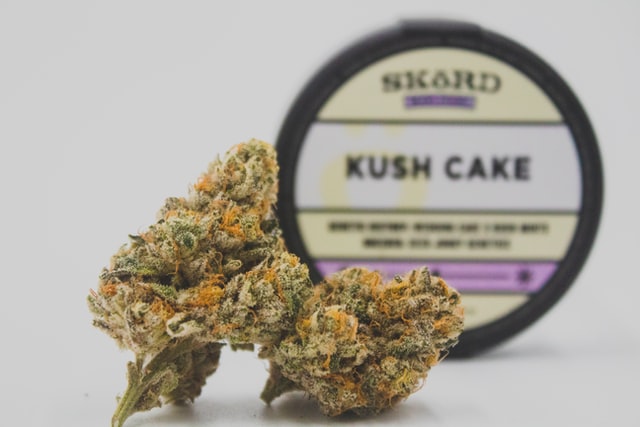Producers have utilized selective breeding for decades to develop strains with ever-increasing THC concentrations. Some have done the same thing to generate low-THC, high-CBD strains of cannabis like, as well as high THC (AK47) and balanced strains (Afghan Kush). What’s more, is there a limit to the amount of THC or CBD that cannabis can produce? Or will farmers continue to cram more electricity per pound of plant into the same amount of space?
The answer is straightforward: there are limitations. And with the most powerful THC-dominant and CBD-dominant strains available today, producers are likely to have hit the natural limitations of their abilities.
Lab Data Shows Limits on THC and CBD Levels

The data used to construct the graph above is real, having been acquired from more than 1,200 laboratory measurements of commercial strains throughout the state of Washington over the course of many years. Most strains fall into one of the three shaded zones illustrated in the image above, which is all of them. Phytopathologists have been aware of this general pattern for many years, and they have used the THC:CBD ratio to classify landrace strains into three “chemotypes,” which are explained in further detail further down this page.
The majority of commercial strains are clustered around the x-axis, which indicates that they have a high THC concentration but a low or non-existent CBD content. Hemp strains, on the other hand, are positioned closer to the y-axis because they produce a high amount of CBD while producing relatively little THC.
Balanced strains
CBD has many health benefits and THC is the compound responsable for getting you high. There are many ways to use it including vaping, smoking, edibles and tinctures. Balanced strains are those that produce both CBD and THC, and as a result, are in the middle of the cannabis spectrum. Because of increased consumer interest in cannabidiol, THC-dominant strains make for most flower products available on dispensary shelves. Balanced strains, on the other hand, are becoming more popular (CBD).
Aside from that, the blank patches are noteworthy since they represent areas where you should never expect a commercial strain to be found. Most THC-dominant strains fall between 8 to 10% dry weight at the low end of the range in terms of THC content (although you can find some with lower levels).
The most potent strains have somewhat more than 30% THC by dry weight, making them the most potent strains currently available on the market. It is possible to stumble across some that contain higher quantities of these compounds, although this is quite rare.
There is, however, a limit to how far you can take things. A strain with a total THC concentration of 35 percent or greater by dry weight is believed to have attained its maximum THC level due to biological restrictions on THC production. In general, high-THC strains have an average THC concentration of between 18 and 20 percent, with strong strains having an average THC content of 25 percent to 30 percent by weight. It should be exceedingly rare to stumble across a strain that has more than 35% total THC by dry weight in its dry form. If you do, you should use caution.
Mixed strains

Mixed strains are also limited in terms of the quantity of CBD and THC that they may deliver in their composition. In comparison to more powerful THC-dominant strains, their THC production is much lower, and their CBD production is significantly lower than that of more potent hemp strains. In terms of CBD content, a hemp strain with a total CBD level of 20% or higher by dry weight would be considered very potent.
CBD and THC concentrations in more balanced strains will be in the range of 6-12 percent, with CBD concentrations being the more prevalent. If you come across a strain that includes 30 percent THC and 10 percent CBD, or a strain that contains 30 percent of both, you should avoid it at all costs. Due to the biology of THC and CBD synthesis, this is not feasible currently.
Why Do These Limits Exist?

When you stop to think about it, there are a number of basic reasons why these restrictions are in place. When properly labeled, cannabis products inform you how much THC, CBD, or other compounds are present in the product as a percentage of the dry weight of the product. THC, CBD, and other compounds are present in the product in varying amounts.
In other words, if a flower is labeled as containing 25 percent THC by dry weight, it signifies that THC accounts for 25 percent of the flower’s total mass after it has been dried to eliminate water. That indicates that other substances such as lipids, carbohydrates, proteins, vitamins, and minerals account for 75% of its dry weight. Everything like that. More THC or CBD implies fewer of the things that the plant needs to survive, which are essential for its existence.
If you want to know precisely how much THC you will be dealing with while taking your preferred strain, just knowing the percent dry weight figure isn’t enough information. This is since a significant amount of the “THC” in your product is really THCA, which will be transformed to THC by the heat generated by your lighter, vaporizer, or oven. Furthermore, this procedure is not 100 percent efficient, which means that things are not as cut and dried as just reading the numbers on the label would suggest.
I hope you had a fun time on your reading; we are working on releasing the best quality articles for you every time. Enjoy!

